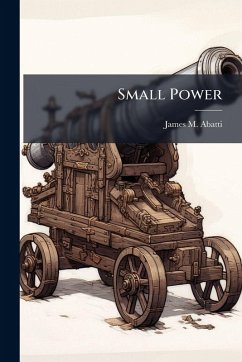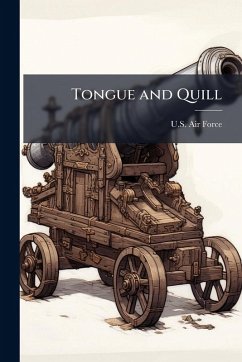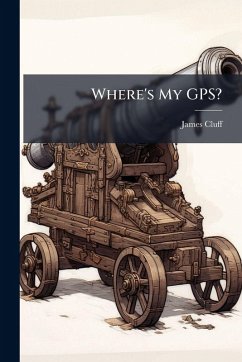
Stunning Swarms

PAYBACK Punkte
7 °P sammeln!
This paper proposes and advocates the concept of Micro-Air Vehicle Incapacitating Swarms (MAVIS) as an effective non-lethal capability for irregular warfare as well as other spectrum-of-warfare applications. The intent of MAVIS is to provide an alternative to the conventional USAF arsenal that typically produces unacceptable collateral damage in the COIN/IW (counter-insurgency/irregular warfare) fight. Collateral damage has proven counterproductive to winning the hearts and minds of the populace afflicted with the cancer of insurgency/terrorism. Due to the difficulty in determining the exact t...
This paper proposes and advocates the concept of Micro-Air Vehicle Incapacitating Swarms (MAVIS) as an effective non-lethal capability for irregular warfare as well as other spectrum-of-warfare applications. The intent of MAVIS is to provide an alternative to the conventional USAF arsenal that typically produces unacceptable collateral damage in the COIN/IW (counter-insurgency/irregular warfare) fight. Collateral damage has proven counterproductive to winning the hearts and minds of the populace afflicted with the cancer of insurgency/terrorism. Due to the difficulty in determining the exact targets in a dynamic urban environment or in any situation with imperfect intelligence, MAVIS will be used in an "area attack" fashion to administer metered doses of medication to subdue combatants as well as nearby civilians. Rendered unconscious from the fast-acting and long-lasting medication, the insurgents/terrorists will be removed from the populace while sedated, processed to gather intelligence, and permanently separated from the people. MAVIS will deny insurgents/terrorists their cherished martyrdom, allowing the threatened government to process them as it sees fit. This work has been selected by scholars as being culturally important, and is part of the knowledge base of civilization as we know it. This work was reproduced from the original artifact, and remains as true to the original work as possible. Therefore, you will see the original copyright references, library stamps (as most of these works have been housed in our most important libraries around the world), and other notations in the work. This work is in the public domain in the United States of America, and possibly other nations. Within the United States, you may freely copy and distribute this work, as no entity (individual or corporate) has a copyright on the body of the work. As a reproduction of a historical artifact, this work may contain missing or blurred pages, poor pictures, errant marks, etc. Scholars believe, and we concur, that this work is important enough to be preserved, reproduced, and made generally available to the public. We appreciate your support of the preservation process, and thank you for being an important part of keeping this knowledge alive and relevant.












